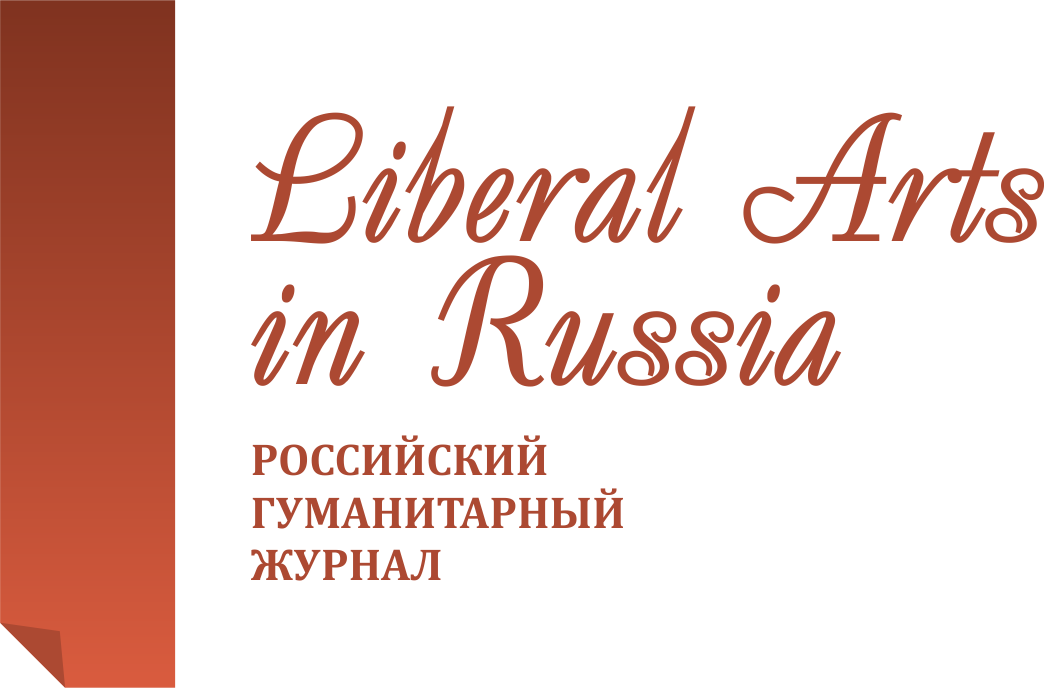Finno-Ugric substratum in the Bashkir toponymy
Liberal Arts in Russia. 2017. Vol. 6. No. 5. Pp. 444-452.
Get the full text (Russian) Email: buharova_g@mail.ruAbstract
According to the established opinion, the names of Indo-Iranian origin form the most ancient layer in the Bashkir toponymy, followed by the names of Finno-Ugric origin. The author of the article studies the Finno-Ugric substratum in the Bashkir toponymy. By revealing lexical parallels in the Bashkir and Finno-Ugric languages, an attempt is made to explain geographical names that cannot be explained on the basis of the Bashkir and other Turkic languages. As it shown in the analysis, substrate origin of geographic terms play an important role in the formation of the toponymic system of the region, they actively participate in the formation of toponyms. It is interesting to note that the Finno-Ugric geographic terms involved in the formation of toponyms are found in the dialects of the Bashkir language and are now actively used in the speech of dialect speakers. In the Bashkir toponymy, the archaic vocabulary rooted in the depth of centuries and confirming the ancient ethnic ties of the Bashkirs with the Finno-Ugric peoples was preserved. The origin of some Bashkir ethnonyms involved in the formation of toponyms is explained on the example of the Finno-Ugric languages. This indicates that the substrate is not only a linguistic, but also an ethnic phenomenon. Geographical names that go back to the Finno-Ugric languages primarily characterize vegetation (for example, names of mountain ash, spruce, pine, etc.), as well as features of the water network (names of lowlands, marshes), and mountainous terrain of Bashkortostan (names of mountains and hills). In the Bashkir toponymy, geographical names associated with the beliefs of Finno-Ugrians were also recorded. It is the first study explaining the origin of the considered toponyms on the basis of the vocabulary of the Finno-Ugric languages.
Keywords
- • toponymy
- • Bashkir toponymy
- • Finno-Ugric substratum
- • etymology
References
- Kiekbaev Dzh. G. Izbrannye stat'I [Selected articles]. Ufa: RIO BashGU, 2002.
- Ishbulatov N. Kh. Nekotorye voprosy Uralo-altaiskogo yazykoznaniya. Ufa, 1970.
- Kamalov A. A. Nekotorye voprosy Uralo-altaiskogo yazykoznaniya. Ufa, 1970. Pp. 40-44.
- Khisamitdinova F. G. Problemy drevnikh ugrov na Yuzhnom Urale. Ufa: BNTs UrO AN SSSR, 1988. Pp. 102-111.
- Garipov T. M. Zhivaya pamyat'. Ufa: Kitap, 1997. Pp. 211-230.
- Garipov T. M. Etimologicheskii slovar' bashkirskogo yazyka. Pervyi vypusk [Etymological dictionary of the Bashkir language. First issue]. Ufa: izd-vo BGPU, 2007.
- Slovar' toponimov Respubliki Bashkortostan [Dictionary of toponyms of the Republic of Bashkortostan]. Ufa: Kitap, 2002.
- Keiekbaev Dzh. Mad'yar - Orsaғ - vengr ile. Sovet Bashҡortostany. 1965. 17-19 iyun'.
- Gabdrakhmanova 3. F. Toponimiya Severo-vostoka Bashkortostana: avtoref. dis. ... k. filol. nauk. Ufa: Bashk. un-t, 1992.
- Usmanova M. G. Imya otchei zemli: Istoriko-lingvisticheskoe issledovanie toponimii basseina reki Sakmar [The name of the fatherland: Historical-linguistic study of the place names of the basin of the Sakmar river]. Ufa: Kitap, 1994.
- Ishbulatov N. X. Onomastika Povolzh'ya: Mat-ly III konferentsii po onomastike Povolzh'ya. Ufa, 1973. Pp. 313-316.
- Anikin A. E. Etimologicheskii slovar' russkikh dialektov Sibiri: Zaimstvovaniya iz ural'skikh, altaiskikh i paleoaziat-skikh yazykov [Etymological dictionary of Russian Siberian dialects: Borrowings from Ural, Altaic and paleo-Asian languages]. Moscow: Nauka, 2000.
- Kamalov A. A. Bashkirskaya toponimiya [Bashkir toponymy]. Ufa: Kitap, 1994.
- Russko-vengerskii slovar' [Russian-Hungarian dictionary]. Comp. L. Khadrovi, L. Gal'di. Budapest: Akademiai Kiadu, 1971.
- Koshgarii M. Turkii suzlar devoni (Devonu lugot-it-turk). Toshkent, 1963. Vol. 3.
- Murzaev E. M. Toponimika i geografiya [Toponymy and geography]. Moscow: Nauka, 1995.
- Ageeva R. A. Gidronimiya Russkogo Severo-Zapada kak istochnik kul'turno-istoricheskoi informatsii [Hydronymy of the Russian North-West as a source of cultural and historical information]. Moscow: Nauka, 1989.
- Bashҡort teleneң dialekttary һүҙlege (Rәsәi Fәndәr akademiyaһy. Өfө fәnni үҙәgeneң Tarikh, tel һәm әҙәbiәt instituty). Өfө: Kitap, 2002. 432 bit.
- Dmitrieva T. N. Onomastika i dialektnaya leksika. Ekaterinburg: izd-vo Ural. un-ta, 2004. No. 5. Pp. 38-43.
- Akhmet'yanov R. G. Obshchaya leksika dukhovnoi kul'tury narodov Srednego Povolzh'ya [General vocabulary of spiritual culture of the peoples of the Middle Volga region]. Moscow: Nauka, 1981.
- Khelimskii E. A. Nga. Mify narodov mira. Moscow: Sovet-skaya Entsiklopediya, 1992. Vol. 2. Pp. 205.
- Shuvalov N. I. Ot Parizha do Berlina po karte Chelyabinskoi oblasti. URL: http://toposural.ru/reki/rekin.html.
- Fasmer M. Etimologicheskii slovar' russkogo yazyka. V 4 t. Vol. 3: Muza-Syat. Moscow: Astrel', 2009.
- Turkin A. I. Toponimicheskii slovar' Komi ASSR. Syktyvkar: Komi knizhnoe izdatel'stvo, 1986. URL: http://enc-dic.com/toponyms_komi/Nshabozh-268.html.
